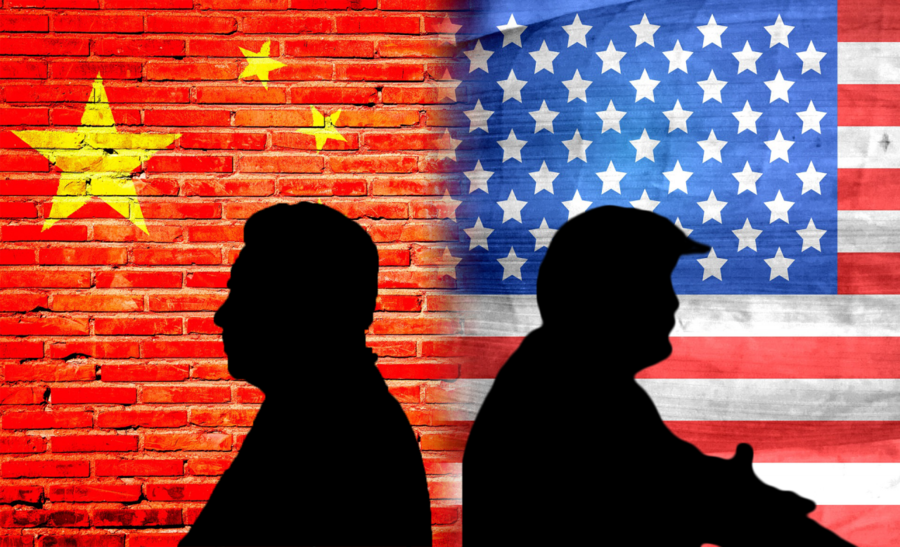
The paralyzing COVID-19 pandemic could have—and should have—been an opportunity for Sino-American collaboration bilaterally and globally. The two superpowers had a prime opportunity to set their many disputes temporarily aside and work together to combat the disease as it spread in each country and around the world. To some extent they did, as each side did contribute personal protective equipment (PPE) to the other. In volume, Chinese contributions to the United States were significant and timely, for which Americans should be grateful. By contrast, American contributions of PPE to Wuhan were not reported in China. China also supplied PPE to a number of countries in Europe, Asia, and Africa—while the United States abysmally failed to do so (an abdication of its global leadership role). China also shared the genetic sequence with the U.S. and the world on January 11, although there has been much controversy and discontent with China’s subsequent failures to allow WHO and foreign medical personnel into the country to trace the origins of the novel coronavirus.
Instead of collaborating, Beijing and Washington have engaged in mutual recriminations and “blame games” over many dimensions of the crisis: the origins of its outbreak, its spread, and its mitigation. While the White House and federal government have failed to provide strong guidance and relief—and deserve criticism for it— it is not appropriate that Beijing engaged in such criticisms as more and more Americans are infected and die. China’s Foreign Ministry spokesman’s conspiratorial accusations that the virus was brought to China by the U.S. military is both wrong and insulting. So are actions such as a Shenyang restaurant owner hanging a banner to celebrate the spread of COVID in the United States and hoping it moves to infect Japan. Meanwhile, Washington has engaged in an equally absurd attempt to spin its own conspiracy theory that the virus may have leaked from a bio lab in Wuhan. Even if it was an accidental leak, for which no credible evidence has emerged, what does it matter as long as it was not an intentional act? The two governments engage in such silly accusations almost daily—when they should be working in partnership with each other.
Instead, this accusatory atmosphere has only further revealed the depths of Sino-American dysfunctionality and discord. The bilateral relationship is not completely broken, but it is quite fractured and at its lowest point in many decades (some argue the lowest point since the original opening of ties in 1972). While deeply strained, we must recall that there have been many other dark periods of crisis in the relationship—such as the events of June 1989 in Beijing; the 1995-96 Taiwan crises; the 1997 bombing of the Chinese embassy in Belgrade; the 2001 EP-3 incident. Each of these previous crises shook the U.S.-China relationship deeply. In each case it took some time for the relationship to stabilize and recover.
That is what is needed at present: stabilization. I am not naïve enough to think that the relationship’s current downward spiral can be arrested, as there are a multitude of other systemic and structural factors that lead to the strained relationship, but stabilization is a necessary first step. Any real improvement in relations will have to await the American presidential election and a new administration in January 2021. Anti-China sentiment runs deep in the United States at present and negative rhetoric is only going to intensify between now and the November election. The Chinese side would be very mistaken, however, to think that this anti-China sentiment is either temporary or election-driven. It is genuine and a secular trend that is increasingly widespread throughout American society.
Anti-American attitudes are also increasingly noticeable in Chinese society, and certainly in the Chinese Communist Party and government. There is thus a reinforcing negative perceptual dynamic at work—which puts pressure on both governments to be “tough” against the other side. Such an atmosphere is not conducive to stabilization—much less improvement of relations.
During and in the aftermath of the aforementioned past crises, the two governments would often privately discuss a “roadmap” for buffering the tensions, arresting the spiral, and engaging in step-by-step actions aimed at stabilizing and rebuilding exchanges. It is not at all certain that this is possible in this current crisis, as the distrust runs very deep on both sides, but some measured reassuring statements would be helpful. The relationship will continue to be very strained for many reasons and for many years to come—but both sides nonetheless need to learn to manage their frictions during times of high stress.